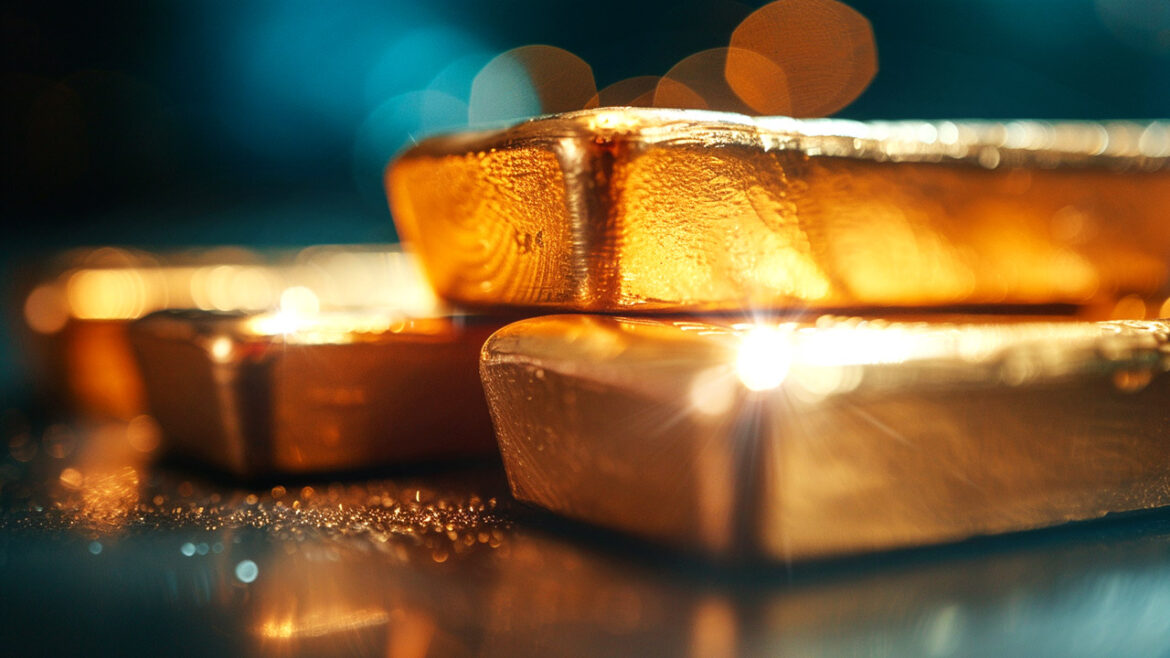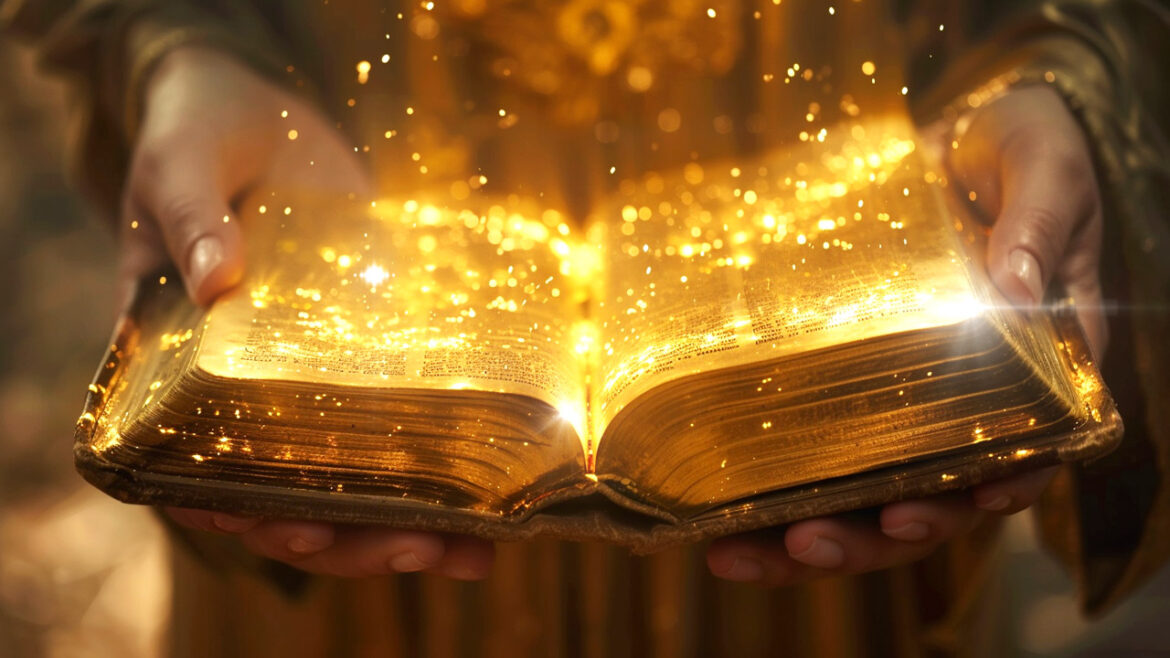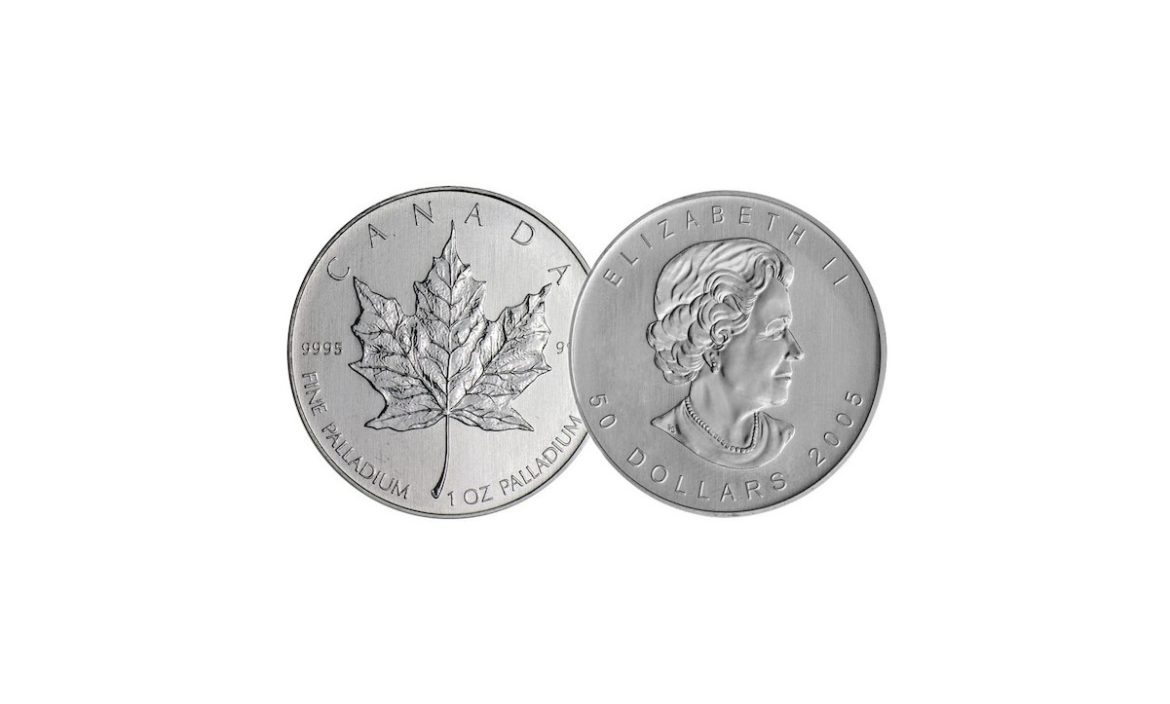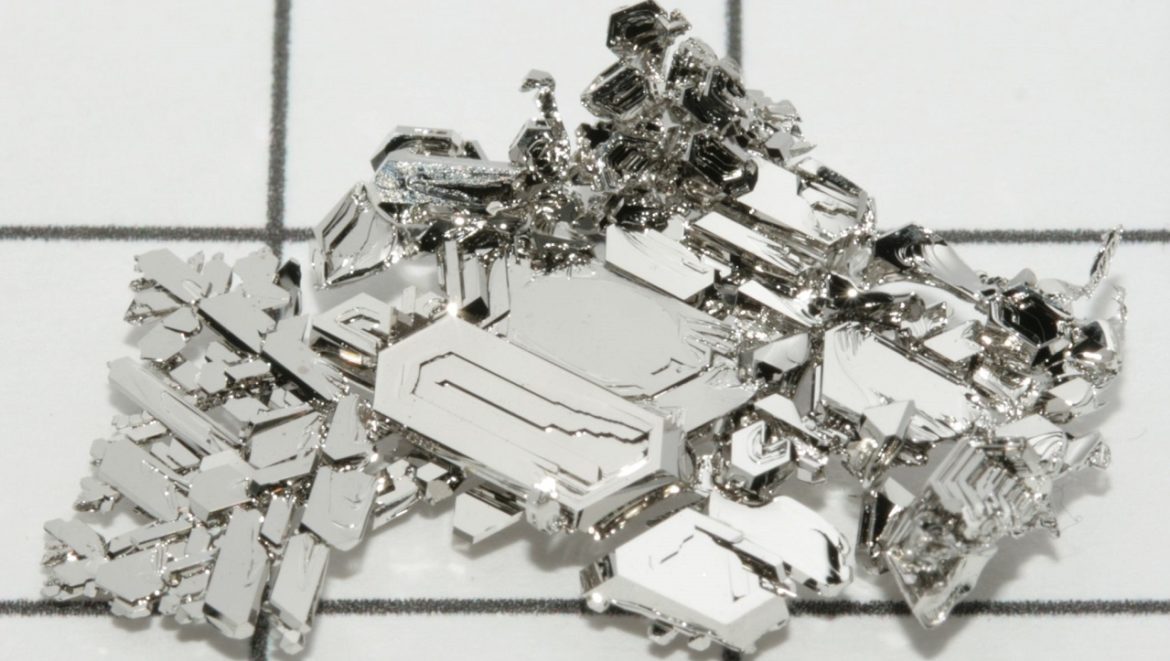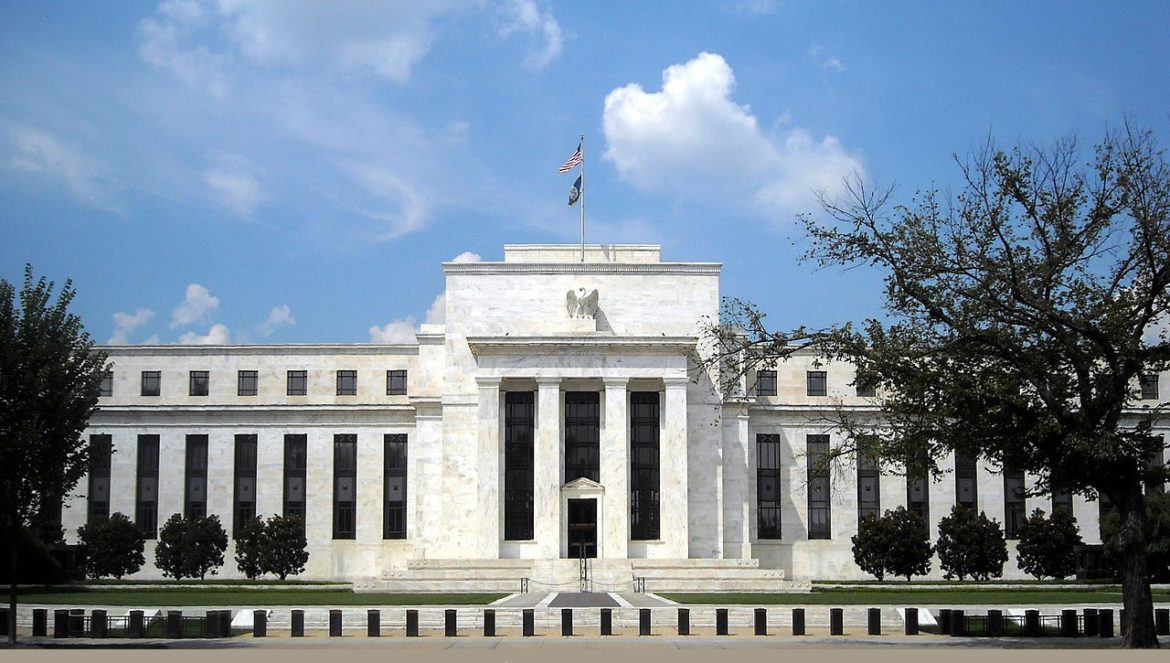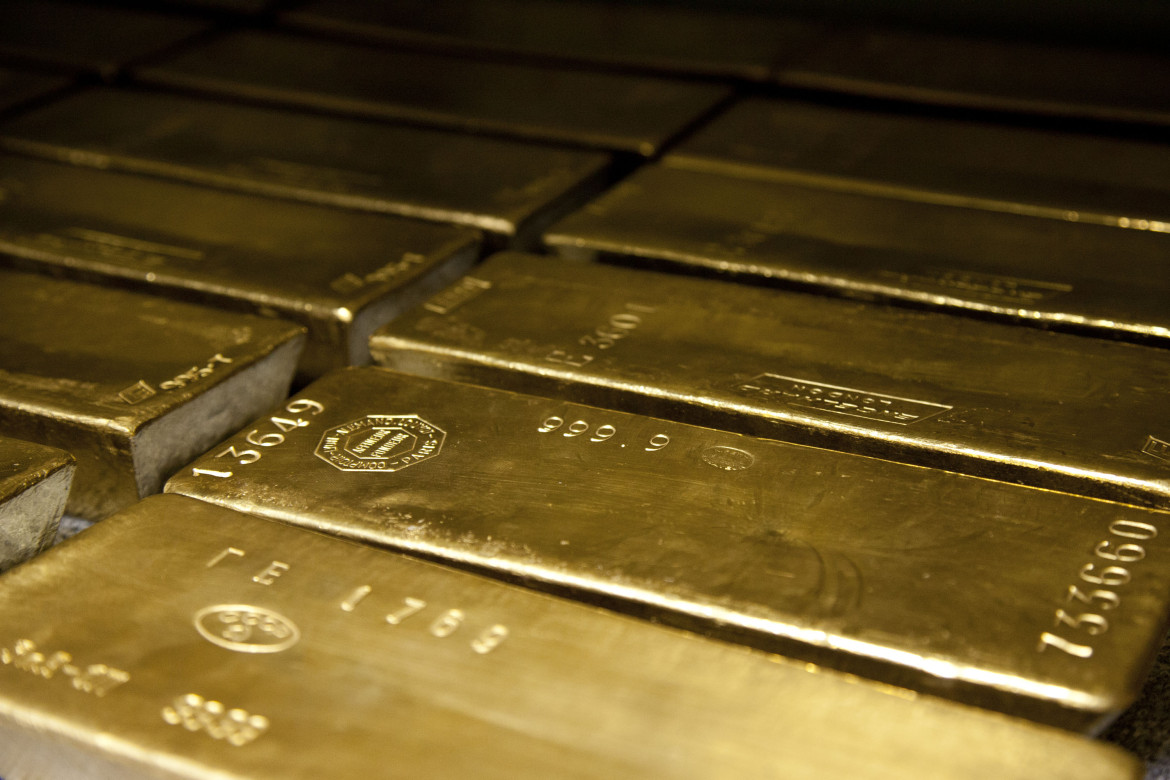When clients ask about the timing of selling their gold, I generally respond to their question with a question: “Do you have upcoming liquidity needs?” or “Is there a productive investment opportunity to deploy your capital?”
The Bible features more than 700 references to gold and silver, emphasizing their timeless significance. The term ‘gold’ alone appears in 47 of the 66 books of the Bible.
Beyond their current cultural relevance, these precious metals play a crucial role in scripture, highlighting three key attributes: their divine origin, intrinsic value, and monetary quality.
Proverbs 22:7, ‘The borrower is servant to the lender,’ has resonated in the background of my financial upbringing.
Akin to other proverbs and parables (Proverbs 1:6), there’s much more beneath the surface worth pondering.
The Coronavirus has officially reached the “pandemic” status. It’s a scary word that means the coronavirus has crossed international boundaries. So, what does this mean for the markets?
Many of SchiffGold clients hold silver patiently waiting for a drop in the silver to gold ratio. I am very much one of these patient holders of silver.
For those who aren’t familiar, the silver to gold ratio is exactly as it sounds: the price of gold stated in ounces of silver.
Today the silver to gold ratio is trading at about 87:1. In simple terms, this means it takes 87 ounces of silver to buy one ounce of gold.
Lately, palladium has exploded in price. It’s stirred up a lot of buzz, and we’ve seen significant palladium sales (both clients buying and selling) in the last few weeks. In fact, there has been more interest in this metal than we have seen in the 10 years of SchiffGold’s history. However not too many people know much about palladium or its history.
Palladium, platinum, rhodium, ruthenium, iridium, and osmium form what is commonly called the Platinum Group Metals (PGMs). Palladium is one of the rarest metals on Earth found in 0.015 ppm (parts per million).
Platinum has caught the eye of customers lately given how relatively inexpensive it has been trading compared to other precious metals.
Even though throughout history platinum has been cheaper per ounce than gold, platinum experienced a major spike in price from roughly 2000-2008. Since then, platinum has remained less expensive than gold, and this has caused some people to consider it a better potential speculative play versus simply buying gold.
A week ago, nearly $100 billion in short-term liquidity was added via the Federal Reserve Bank of New York offering cash in the repo market.
As a reminder, the repo market is the overnight market of repurchase agreements. This is where one sells an asset with an agreement to purchase it back at a slightly higher price the next day. In other words, very short term collateralized lending.
 This article was written by Joel Bauman, SchiffGold Senior Precious Metals Specialist. Any views expressed are his own and do not necessarily reflect the views of Peter Schiff or SchiffGold.
This article was written by Joel Bauman, SchiffGold Senior Precious Metals Specialist. Any views expressed are his own and do not necessarily reflect the views of Peter Schiff or SchiffGold.
The current debt-based fiat monetary system creates an illusion of wealth expansion.
For example look at this 100-year price chart of the Dow Jones Industrial Average.



A few months ago I spoke with a woman who challenged my profession in precious metals. “Don’t you know gold can be created from lead?” she said. She then informed me that the best thing to do in the coming years was to avoid the purchase of precious metals, fiercely warning me of a coming gold collapse. “There will be a mass production of gold!” she hung up the phone before I had a chance to respond.



